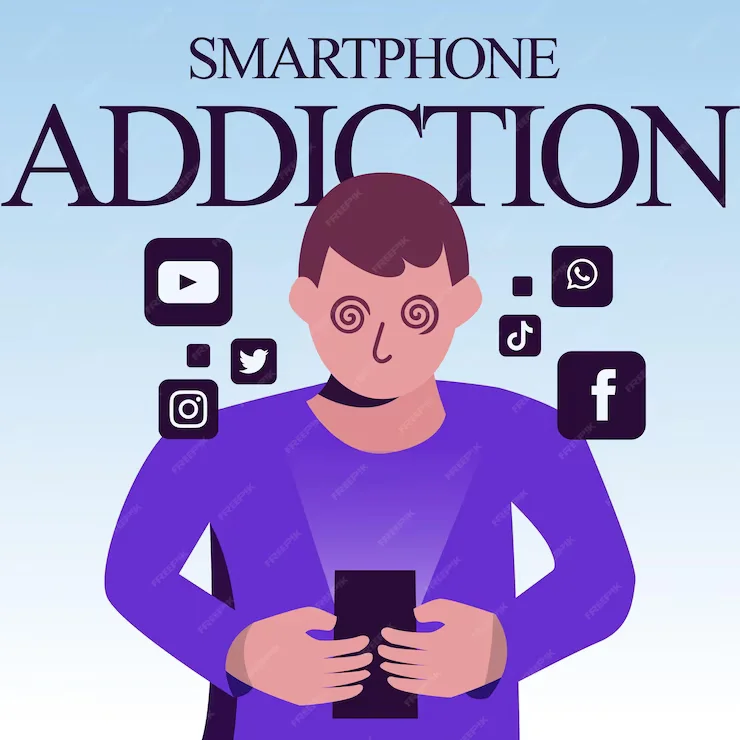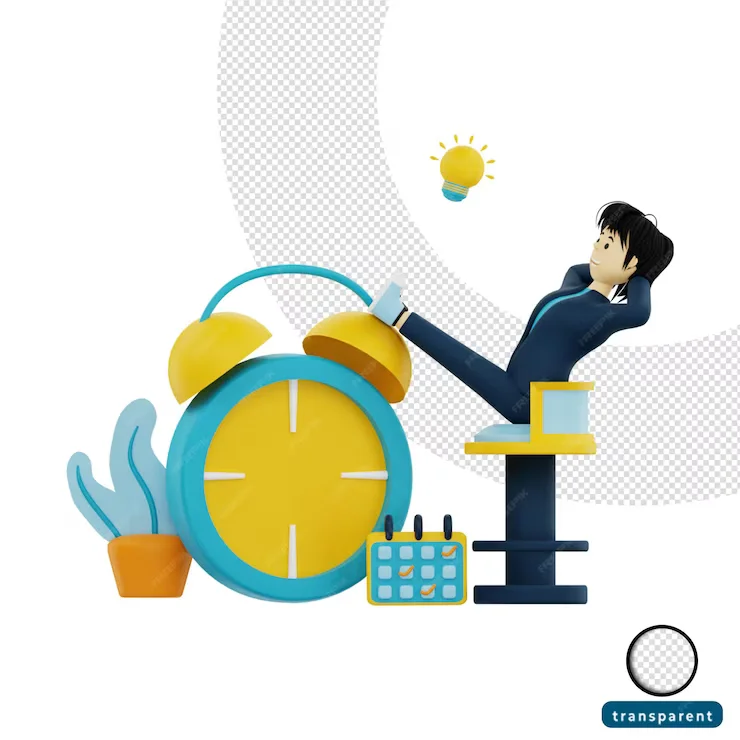Tired of Constant Distractions? 11 Tactics to Finally Focus
Distraction lurks everywhere these days. Our devices constantly ping pulling attention towards meaningless social scrolls and videos. Colleagues tap you mid-project with questions. The mind itself conjures thoughts about what to eat for lunch while you’re analyzing data.
With so many forces interrupting focus, getting distracted feels inevitable. But perpetual distraction not only saps productivity, it takes a toll on mental wellbeing.
Learning intentional strategies to minimize distractions empowers you to channel concentration when it matters most. This guide shares techniques to create an environment and habits supporting your best, deepest attention possible.
Why Do We Get So Distracted Anyway?
In order to prevent distractions, it pays to understand why we get sidetracked so easily in the first place. Common culprits include:
- Boredom from repetitive tasks leads to seeking stimulation
- Stress relief by switching focus gives a quick break
- Poor prioritization with too many competing items reduces engagement
- Lack of meaning removes motivation needed to concentrate
Sometimes switching gears provides a healthy mental break. But constant distractions fragment work flow required for complex problem solving, creativity and decision making.
Pinpointing where you tend to lose focus helps target solutions with the most impact whether from external triggers, underlying mindsets or inadequate workspace design.
Alter Your Physical Environment
Look around your workspace. Does it support laser sharp attention or splashy headlines flashing chaos?
Optimizing environmental factors goes a long way towards preventing physical distractions from interrupting in the first place.

Photo by Burst from Pexels
Quiet your surroundings through:
- Sound buffers like foam pads or white noise generators
- Noise canceling headphones when needed
- Choosing remote work locations minimizing external ruckus
Adjust lighting for comfort by:
- Using lamps directing brightness on desk surface
- Closing window blinds against glaring light
- Softening overhead brightness
Declutter to simplify visual space:
- Shelve books, supplies, loose paper stacks
- Contain technology gadgets when not in use
- Organize surface tools/decor sparingly
Design your environs catering to productivity flows without nagging reminders beckoning your attention elsewhere.
Set Aside Distraction Time
Rather than vainly trying to resist distraction’s tempting call, build in allocated times for catching up on emails, browsing social sites or chatting around the water cooler.
Schedule distraction periods right before major transitions in your day like beginning work, after lunch or prep to leave.
Use distraction time to:
- Scroll favorite websites and apps
- Check notifications
- Chat with coworkers
- Grab a snack
Then to prevent continued longing looks, proactively:
- Close distracting windows on your computer
- Disable email pop ups after checking
- Put phone face down and on silent
Establishing distraction-allowed blocks ultimately trains more mindful monitoring of attention drifts. Checking needs are met reduces restlessness from restricting natural movements towards variety seeking.
Planning distraction episodes also empowers feeling more in control over impulses versus reacting helpless against ingrained habits.
Improve Time Management Skills
Perhaps paradoxically, another distraction reduction method relies on building time management abilities. When projects consist of one mammoth undefined task without milestones, distraction intently follows.
Analyze workflows and break intimidating goals down into defined action steps. Then try these time management tweaks:
Work in time boxes
- Use a timer app to assign focus intervals say 40 minutes on, followed by 10 minutes off
- Notice natural attention span patterns – modify intervals accordingly
Schedule priorities
- Dedicate daily time blocks for most important work
- Protect time by batching meetings and front-loading interruptions
Set limits around open loops
- Assign next action plans to lingering emails and inquiries
- Process inbox at designated times then close out
Segmenting workflow to regularly achieve visible bite-sized accomplishments generates intrinsic rewards keeping motivation – and thus attention – steadily on point.
Leverage Body Positions
Beyond structured timing, an often overlooked focus booster comes from physical body positioning while working.
Orient yourself in purposeful postures signaling to the unconscious mind “It’s time for concentration!” Likewise beware positions cuing a relaxed mental state.
Postures to avoid:
- Lounging locations like sofa or bed
- Slouching sunk into a soft cushy chair
- Fidgety gestures like tapping feet
Optimal focus postures include:
- Sitting upright at a desk
- Feet squarely grounded for balance
- Shoulders back to open chest
Tuning into the mind-body connection, thoughtful positioning communicates desired states of energy and attention. Your brain literally catches the vibe you put out through alert erect bearing or restless contorted slumps.
Manage Interruptions
Despite safeguarding time and space for productivity, one unavoidable distraction magnet remains other people! Whether coworkers, managers, friends or family, external requests tapping your mental resource can be boundary busting.
To shield priorities, implement interruption management techniques:
Define office hours for inquiries
- Check email on batch
- Reply call and text during certain hours
- Outside times indicate unavailability
Block focus time on calendars
- Schedule work sessions like meetings
- Provide designated hours for communicating
Disable notifications
- Mute non-urgent apps
- Pause inbox alerts
- Set phone face down
Saying “no” might not be realistic. But controlling influx volume on your terms reduces reactionary context switching and preserves internal equilibrium.
Stay Accountable to Goals
Perhaps no approach cements consistent distraction defense better than accountability. Share your concentration commitments with support partners.
Find motivation buddies like:
- Project teammates – Align on norms to reduce internal hijacking
- Friends or partners – Check in on progress
- Manager – Request insulation for deliverables
Chart your progress
- Note distraction triggers undermining flow
- Track focused work interval times
- Celebrate meeting chunked benchmarks
Broadcasting intentions coupled with rewards for milestones achieved builds determination to power through obstacles. And determination is the best distraction repellant around.
Why Do We Find Focus So Difficult?
With so many strategies available, why does distraction continue plaguing even the most driven? Understanding root causes for the desire to stray inform solutions.
- The average person’s attention span today lasts just 8 seconds compared to 12 seconds or greater for previous generations. Blame increased multitasking and content breadth enabled by technology.
- Stress heightens distractibility as the mind seeks relief from cognitive overload. Emotion regulation challenges dysregulate nervous systems.
- Habitual behaviors like checking devices become ingrained from dopamine hits despite real interests. Curiosity about notifications often trumps usefulness once read.
Essentially modern wired life cultivates impulsive stimulation seeking but trains away skills sustaining attention. Recognizing collective and personal vulnerabilities provides clues for where to start strengthening missing social, emotional and psychological skills.
Quick Tips To Reduce Distractions At Work
Rather than an exhaustive overhaul, try implementing just a few of these distraction busting suggestions:
- Close internet windows and programs not immediately needed
- Turn off notifications during focused work
- Silence phone and turn face down
- Place tempting distractors out of sight
- Stand during tasks rather than sit
- Work offline when possible
- Ask colleagues not to interrupt for periods
- Reward milestones with 5 minute dance breaks!
How Can You Re-Train Focus?
Think of building attention stamina like a muscle. It requires consistency flexing through incrementally increased challenges over time.
To organically develop focus:
- Start small – set a timer for 10 solid minutes performing one priority task
- Slowly expand duration and complexity week by week
- Ensure nourishing breaks between intensive bouts
- Return distractions only as “earned rewards”
Broader life balance also contributes energy towards harnessing distraction. Cultivate daily practices promoting regulation through nutrition, movement and sleep. Then show up equipped to direct that vitality exactly where determined.
In Summary
With so many forces constantly diverting attention, distraction feels inevitable. But perpetually losing focus undermines productivity, performance and peace of mind.
The good news? You can reduce distractions through intentional environmental design, time management adjustments and accountability support.
Key approaches covered include:
- Optimizing physical workspace ambiance for comfort
- Building scheduled distraction breaks into routine
- Breaking big goals into structured step sequences
- Leveraging body positioning to support states of concentration
- Managing interruptions through barriers and boundaries
- Partnering up with accountability allies
While eliminating distractions completely proves unrealistic, implementing even small tweaks ultimately trains your mind to invest fully present attention exactly where you choose. Regaining some control minimizes frustration and momentum drain while empowering your personal best work to flow with greater ease.

